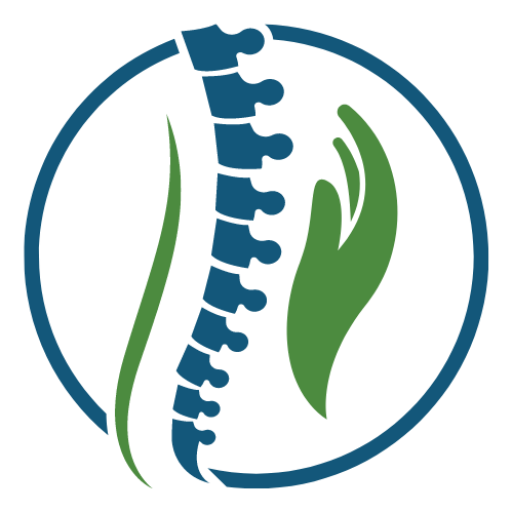The Benefits of Following Good Sitting Advice.
For many people, sitting in chairs is causing a large amount of damage to their spines. One key item of sitting advice: Recognise that an incorrect chair setup can wreak havoc on your spinal alignment by pushing and pulling unstable segments of your spine into a locked forward position.
Realise that there are no muscles in the body that can pull spinal bones backward again, so when they get stuck forward, you need to be adjusted. The more often you get stuck forward, whatever the cause, the slower your progress will be through the spinal correction process, ending up costing you more time and money in the long run.
People often report that they can concentrate better when they stand up to work.
All forms of sitting are potentially harmful to your spine, so the best advice is to avoid sitting altogether and create a stand-up desk for your work station. This is very easy to do and will help you maintain excellent spinal health if you make an effort to do this.
People often report that they can concentrate better when they stand up to work as well. This is not surprising because there will be significantly less pressure placed on the spinal cord and brain stem when standing than when sitting, especially on the wrong kind of chair. Another (side) benefit is that your body will burn more calories per hour when standing vs. sitting.

Improved Health & Wellbeing Begins Here

For The Times When You Must Sit Down, Follow This Sitting Advice
1. The best chair has an entirely flat surface to sit on, with minimal cushioning.
Ideally, you would be able to tilt this surface forward about 10 degrees (the exact amount varies depending on the person) to allow the pelvis to tilt forward as well. A slight forward tilt on the pelvis allows the spinal curves to assume their ideal position and distribute the weight of the body evenly through the whole structure. If your seat is tilted this way, you will still need slightly more support under one side of your pelvis than the other; speak to your practitioner about this.
Think of your spine as a giant spring that only works well when it is lined up correctly. When you get this right, your spinal muscles can relax as your body is supported and you will feel a lot more energised at the end of the day. Poor sitting positions make the spinal muscles work hard to keep you upright, and there is an inevitable price to pay at the end of the day with spinal stiffness and discomfort.
2. Seat wedges are invaluable for chairs that don’t have the tilt function.
They are inexpensive, light, and easy to carry around with you. Speak to your practitioner about the best type and size of seat wedge for you. Generally speaking however, somewhere between a 7 to 11-degree seat wedge is perfect for most people sitting on a hard flat chair. ‘Harley’ is one good company that sells comfortable seat wedges that will perform well for you. At Tree of Life Health & Wellness, we sell a much better version that provides the perfect amount of stability and ideal angle to support your spine. Ask your practitioner about the correct way to position the wedge for your body.
3. The back of the chair should ideally be flat
When the chair back is curved and you lean against it, it will push or pull your spine out of alignment. A chair that curves forward will push your bones forward out of position. A chair that curves backward will cause your lower back to slump and pull your head and upper back bones forward out of alignment. The same kind of thing happens if a chair is too soft; your buttocks will sink down too low, causing your back to slump and your head to be pulled forward.
Nearly all sofas cause this problem, especially if they have a long seat base. The only way to minimise the damage that sofas cause is to lie back on them completely, using only a very thin pillow to prop your head up. It’s also important to think about the forces that are placed upon your spine when you prop yourself up in bed. It’s not a good idea to sit with your back against the headboard with your legs flat out in front of you. Your upper back will be pulled quite forcibly forward, and this should be avoided. It’s better to lie on your side to read in bed.
4. Most car seats are designed to fit a person into a small space.
Most car seats are designed to accommodate the faulty modern upper and lower crossed postures. They are also designed to fit a body into a small space so that saloon cars can be made as small as possible. They are not designed to support healthy spinal curves! The typical ‘bucket’ seat setup causes the lower back to slump and the head to be pulled forward. This is very common in sports coupe type cars.
It’s wise to set the lumbar support to maximum in this type of seat and to use one or sometimes even two-seat wedges to stop the buttocks sinking below the thighs. If the width of the seat (common is some bucket type seats) is too narrow to accommodate the width of a wedge, then you may need to use some folded up towel toward the back of the seat instead to allow your pelvis to tilt forward and not sit too low. Have the backrest as upright as possible. If the headrests are removable, you should turn them around so that they angle slightly away from the back of your head to avoid pushing it forward. Most car seats can be adapted to provide adequate support. Following this sitting advice will be well worth the time and effort to do so, as it will significantly speed up your progress, saving you a lot of time and money in the future.

